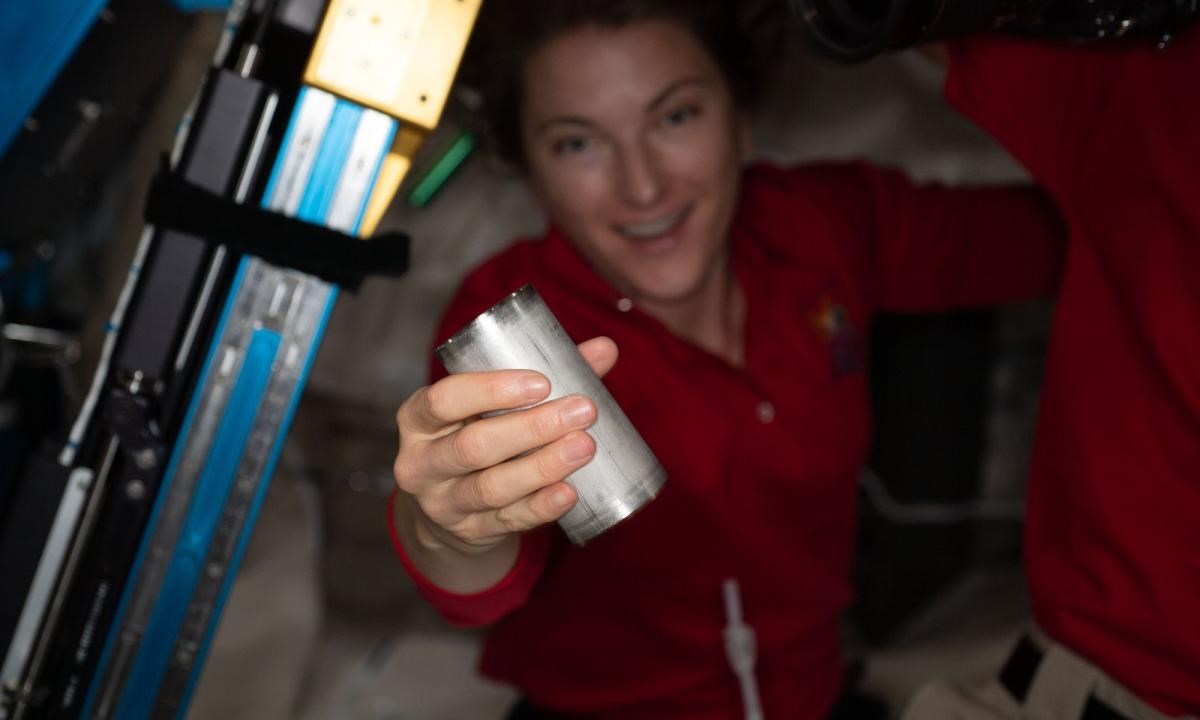 NASA has reached a technological milestone that could one day play an important role in missions to the Moon and beyond. The space agency announced this week that the International Space Station’s Environmental Control and Life Support System (ECLSS) recycles 98 percent of astronauts’ urine and sweat.
NASA has reached a technological milestone that could one day play an important role in missions to the Moon and beyond. The space agency announced this week that the International Space Station’s Environmental Control and Life Support System (ECLSS) recycles 98 percent of astronauts’ urine and sweat.Urine and sweat turn into drinkable water
The developed system may sound familiar from somewhere. If you don’t remember, the Stillsuits described in the Dune books did something similar. According to reports, part of the ECLSS captures the moisture that station crews breathe and sweat as they do their daily work. Another system called UPA (Urine Processor Assembly) in the department filters the urine of astronauts. As a result of the whole process, 98 percent of the liquid collected at the station is converted into potable water.
“This is a very important step forward in the evolution of life support systems. Let’s say you collect 100 pounds of water on the station. You lose two pounds of that and the other 98 percent,” said Christopher Brown of NASA, part of the team managing the life support systems of the International Space Station. It just keeps coming back. It’s a pretty great achievement to keep it going.”
In fact, we can say that the less water and oxygen carried in space missions, the better. Because these items mean both extra cost and extra space. More scientific equipment could be put on spacecraft if the amount of water and oxygen could be reduced. “Reliable, robust renewable systems mean crews don’t have to worry about this and can focus on the true purpose of their mission,” said Jill Williamson, ECLSS water subsystems manager. said.